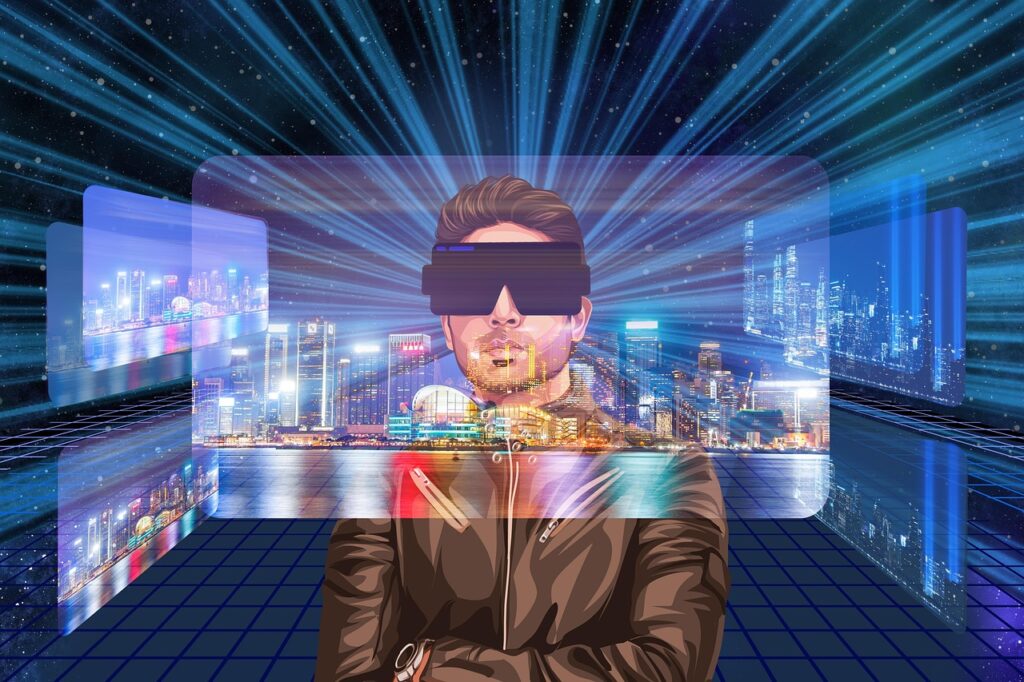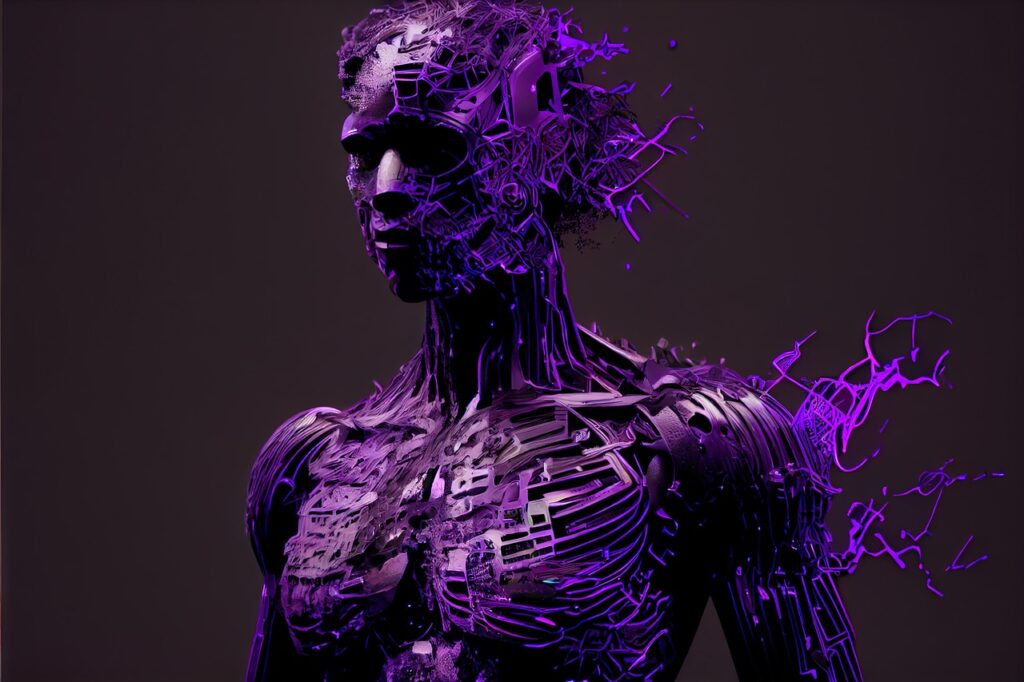The Metaverse is one of the hottest topics in tech today, but is it just another fleeting trend, or is it poised to become the next major digital revolution? With companies like Meta, Microsoft, and Epic Games investing billions and promises to reshape how we live, work, and socialize in digital spaces. But what exactly is the metaverse, and should we believe the hype?

What is Metaverse?
Its a collective, virtual space that blends the digital and physical worlds using virtual reality (VR), augmented reality (AR), artificial intelligence (AI), and blockchain technology. Imagine stepping into a 3D universe where you can interact with other users as avatars, shop, play games, work, and even attend events — all in a fully immersive digital environment. Unlike today’s internet, which is mainly web pages and apps, the metaverse aims to be an interconnected, persistent world of digital spaces.
Why Are Tech Giants Betting Big on the Metaverse?
So, why are some of the biggest companies in the world pouring billions of dollars into this concept? Here are the key reasons:
- Revolutionizing Social Interaction: Metaverse promises a whole new way of connecting. Instead of Zoom calls or text chats, you could enter virtual spaces and interact with colleagues, friends, or strangers through 3D avatars, making digital socializing more immersive and lifelike.
- Unlocking New Economic Opportunities: In this platform, digital assets such as NFTs (non-fungible tokens) and virtual currencies will become valuable commodities. From virtual real estate to digital clothing, the metaverse offers endless opportunities for virtual commerce and new revenue streams.
- A New Era of Gaming and Entertainment: Platforms like Fortnite and Roblox are already offering elements of the metaverse by allowing users to socialize, play games, and attend virtual events. It also promises to expand these experiences, turning games into vast, persistent virtual worlds.
- Digital Identity & Customization: It allows you to create and customize a digital persona (avatar) that can represent you across different virtual environments. This offers a unique form of self-expression that goes beyond traditional social media profiles.
Challenges:
While the metaverse holds great promise, it’s not without its challenges:
- Technological Hurdles: Creating a fully immersive metaverse requires high-end computing power and fast, stable networks like 5G or 6G. While VR and AR technology has improved, current hardware (like bulky headsets) still has limitations, and user experience can be hindered by issues like motion sickness.
- Privacy and Security Risks: As the metaverse grows, so do concerns about privacy and data security. How will companies protect users’ data in these digital worlds? Will personal information be safe, or will hackers exploit vulnerabilities?
- Accessibility and Adoption: Right now, the metaverse remains largely inaccessible for the average user, as it often requires expensive VR headsets or powerful PCs. For the metaverse to go mainstream, these technologies need to become more affordable and accessible.
- Skepticism Over “Hype”: Some critics question whether the metaverse is just another overhyped technology, like past VR attempts that never gained traction. Will users really embrace the metaverse, or is it a flash-in-the-pan trend?
The Metaverse: Fad or Future?
So, is it another tech fad or the future of our digital lives? lets explore,
- Cultural Shifts Toward Digital Spaces: The COVID-19 pandemic pushed more people into remote work and online communities. As digital interactions become more central to our lives, the metaverse offers an evolution of that experience — one that integrates social, work, and leisure in an immersive way.
- Technological Advancements: VR and AR technologies are advancing quickly, and companies are continually improving the hardware and software needed to bring the metaverse to life. With developments in AI, blockchain, and cloud computing, the infrastructure to support the metaverse is rapidly taking shape.
- Big Investments from Tech Giants: Companies like Meta, Microsoft, and Apple are betting heavily on the metaverse’s future. With billions of dollars flowing into its development, there’s a strong possibility that It will continue to evolve and grow, even if it takes time to reach mainstream adoption.
- Gradual Integration into Daily Life: Metaverse may not arrive as an all-encompassing platform overnight, but it could gradually become part of our everyday lives. Platforms like Fortnite, Minecraft, and Roblox are already paving the way for more immersive experiences, setting the stage for the larger metaverse.
Conclusion
The metaverse may not be fully realized yet, but it’s clear that its potential to revolutionize how we interact online is significant. While it faces challenges like technological limitations, privacy concerns, and adoption hurdles, its gradual evolution, combined with major investments from tech giants, suggests that it could eventually reshape our digital future.
Whether you’re an early adopter eager to dive into it or a skeptic waiting to see how it unfolds, one thing is certain: Metaverse is here — and it’s far more than just a passing trend. The future of the internet might just be virtual.
Read more| Offline AI Technology : Edge AI
Read more | Top 10 Wifi Hacking Apps: Crack all networks









